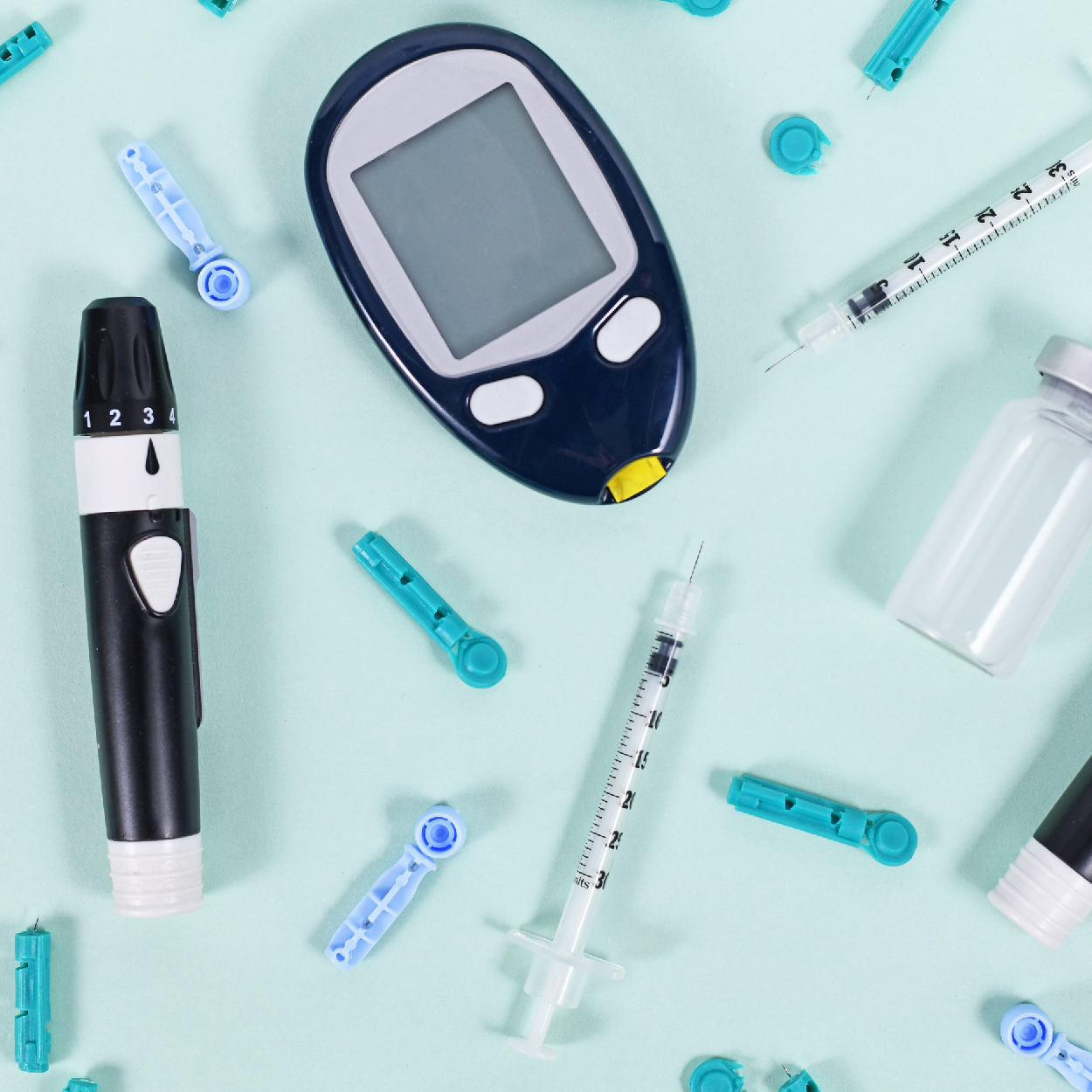— Dawn M. Sweet, Ph.D.
Clinical management of intermittent fasting and a Low Calorie Diet can be effective strategies for weight loss and mitigating the risks of type 2 diabetes.
A primary therapeutic goal for managing type 2 diabetes is controlling blood glucose levels. Two clinically promising approaches for controlling blood glucose levels are low calorie diets (LCD) and intermittent fasting for diabetic patients. Low calorie diets and diabetes may not, on the surface, seem like they go together. However, because LCDs have demonstrated efficacy for weight loss and improved glycemic control,1,2 they should be considered as a part of patient treatment plan. Similarly, intermittent fasting for diabetic patients with obesity has also been reported as an effective part of a treatment plan. Clinical management of intermittent fasting in patients with diabetes mellitus has resulted in not only the loss of fat mass but also improved metabolic parameters.1
The Benefits of Low Calorie Diets and Type 2 Diabetes
A LCD, sometimes also referred to as a low energy diet, has been shown to improve metabolic health and mitigate the risks associated with metabolic disorders.1 To achieve substantial health benefits, the recommendation is a 15-20 percent weight loss for patients with obesity and type 2 diabetes.1 Because the primary goal of type 2 diabetes treatment is glycemic control, weight loss is paramount.
In a 20183 study with 317 participants with diabetes and obesity following a LCD (900 kcal/day) for six to 12 weeks, a 16 percent weight loss was observed at six months and HbA1c levels improved by 6.3 percent. Significant decreases in HbA1c levels ad blood glucose levels were also observed after following a LCD. The daily caloric decrease associated with the LCD was 25 percent.
Low calorie diets confer several advantages in addition to weight loss. For example, LCDs can lead to improved glycemic control through reduced caloric consumption. When calories are reduced, it is important to follow a more nutritionally balanced meal plan, so some carbohydrates in the form breads and pastas may be exchanged for fruits, vegetables, and lean proteins. Low calorie diets also lead to improved cardiovascular health.1
For example, visceral fat, which negatively affects cardiovascular health, is reduced through caloric restrictions. As weight decreases, blood pressure and lipid profiles are improved.4 Research has shown a 6.9 percent increase in HDL cholesterol in patients who lost five to 9.9 percent of their body weight. In patients who lost 20 percent of their body weight, an 18.2 increase in HDL was observed.
Intermittent Fasting and Type 2 Diabetes
Intermittent fasting (IF) is characterized by caloric restriction over a pre-determined period of time.1 There are different models of IF, namely alternate day fasting, as well as 1/6 and 2/5 models wherein patients fast for one or two days. There is also time-restricted fasting, where patients eat during a predetermined timeframe. In a study with type 2 diabetes patients following a 2/5 IF scheduled, modest reductions in HbA1c (.6 percent) and insulin concentrations (.9 percent) were observed after 12 weeks.5 In another study of prediabetic men who followed a time-restricted schedule for five weeks, a significant reduction in fasting insulin concentrations was observed, even without weight loss. Results are promising for intermittent fasting for diabetic patients but researchers caution that more research is needed.
Implications of Intermittent Fasting and a LCD
Intermittent fasting for diabetes and low calorie diets for diabetic patients are promising approaches for improving glycemic control and weight loss. Intermittent fasting for diabetes is not a clinical management strategy that will work for all patients. When considering intermittent fasting for managing patients with obesity and type 2 diabetes, it is important to consider each patient individually to come up with a tailored plan that meets their specific needs.
Low calorie diets and diabetes are to date more commonly written about in the research and there is a larger body of research speaking to the efficacy of LCDs for patients with obesity and type 2 diabetes. It is important for patients following a LCD to consume high quality protein and calories. Nutritionally formulated meal replacements are one dietary intervention to ensure patients’ nutritional needs are being met whether they are following a low calorie diet or an intermittent fasting program tailored for their specific needs.
Sources:
2 Low-calorie diets in the management of type-2 diabetes mellitus
4 Incremental weight loss improves cardiometabolic risk in extremely obese adults
About the Author: Dr. Dawn M. Sweet has over 20 years of experience in the field of communication. Sweet has given several invited talks to and workshops for academic and private sector audiences on the role of nonverbal and verbal communication in achieving positive outcomes and mitigating bias. Her research has been published in several top ranked peer-review journals, and it has been featured on NPR’s River to River / All Things Considered, Buzzfeed, and Science Daily. Her research has also been used to inform expert testimony.





